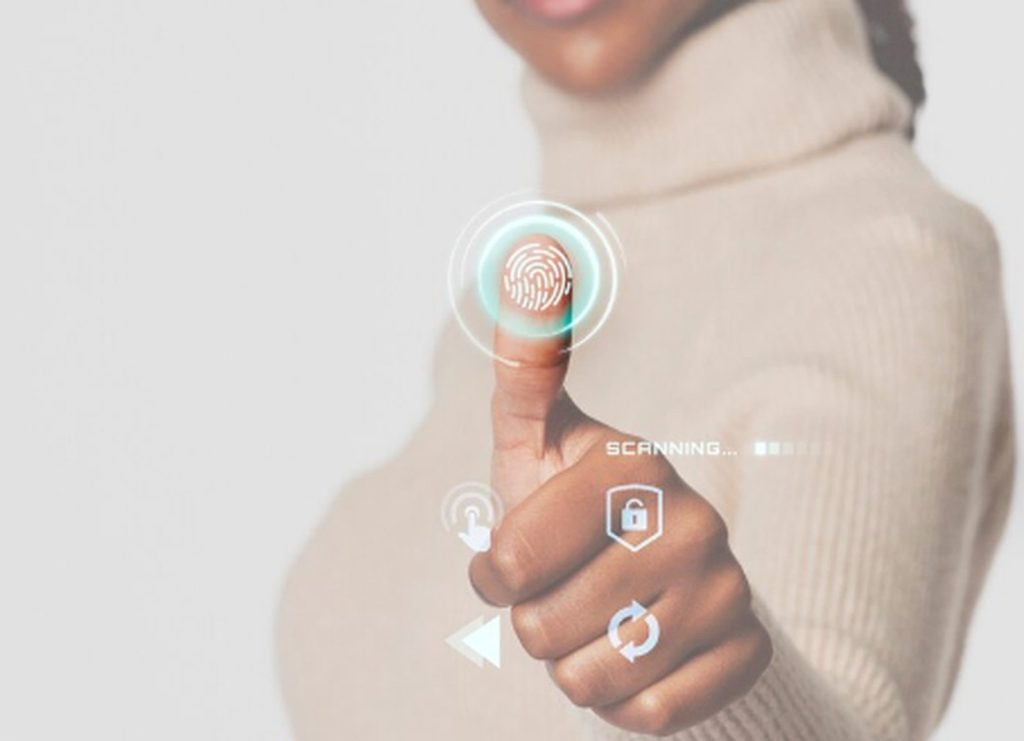In recent years, the rise of biometric payments has revolutionized the global landscape of financial transactions. From fingerprints to facial recognition, these advanced techniques are transforming the way we make payments by enhancing both convenience and security. As we navigate this shift, it’s crucial to understand how these technologies function and the implications they have on personal data protection.
Anúncios
Biometric payments are becoming increasingly pervasive, offering a seamless transaction experience that reduces the need for traditional payment methods like cash or cards. This shift is not just a matter of convenience but also a leap towards a more secure transaction environment, as these technologies promise a higher level of fraud prevention.
The rise of biometric payments in the global landscape

The adoption of biometric payment systems globally signifies a remarkable shift towards enhanced security measures and user convenience. With people prioritizing faster and safer transactions, technologies such as fingerprint scanning and facial recognition are becoming mainstream. These innovations leverage unique biological traits to validate identities.
Anúncios
Countries around the world are embracing these technologies at different paces. While some have fully integrated biometric systems into their financial sectors, others are still in the exploratory phase. Despite varying levels of implementation, the overall trend indicates a clear preference for more secure and convenient payment solutions.
Fingerprints and facial recognition: their role in financial authentication
Fingerprint and facial recognition technologies are at the forefront of the biometric payment revolution. These methods work by scanning and analyzing individual biometric data to verify a user’s identity before approving a transaction. This extra layer of security ensures that only authorized individuals can access funds or complete transactions.
While fingerprints involve sensors capturing tiny details of a person’s finger pattern, facial recognition uses cameras and software to map and identify unique facial features. Both methods offer robust security but also come with their own set of challenges related to data storage and privacy concerns, which need to be addressed to gain widespread trust.
Challenges and solutions in biometric technology security
Despite the significant advantages, biometric payment methods also encounter unique security challenges. Concerns around data breaches, hacking, and the misuse of personal information have made users wary of adopting such technologies. To mitigate these fears, robust encryption protocols and secure storage solutions are essential.
Developing regulations and standards around the collection, storage, and use of biometric data is another crucial step towards alleviating security concerns. These measures not only protect sensitive information but also bolster consumer confidence in using biometric methods for payments. As these obstacles are addressed, the path to widespread adoption becomes clearer.
Practical applications and current solutions in improving security
Practical solutions to enhance biometric technology security are constantly evolving. Companies and researchers are exploring methods such as multi-factor authentication, where biometric data is combined with other verification methods for added security. Moreover, implementing decentralized data storage can minimize the risks associated with centralized databases.
The use of artificial intelligence and machine learning is also gaining traction, allowing for the continuous improvement of biometric recognition systems. These advancements not only increase accuracy but also help detect fraudulent attempts in real-time, ensuring a secure payment ecosystem that users can trust.
The future of payments: convenience, trust, and continuous innovation
The future of biometric payments is promising, driven by continuous innovation and a commitment to building trust. As technologies evolve, they promise to deliver a payment experience that is not only more convenient but also exceedingly secure. The integration of biometric methods in everyday transactions will likely lead to further advancements in financial technology.
As we look ahead, the focus will remain on developing affordable and accessible solutions that cater to a broad audience while maintaining stringent security measures. Ultimately, the successful implementation of these technologies will hinge upon their ability to offer users unparalleled convenience and peace of mind, paving the way for a new era of digital transactions.

